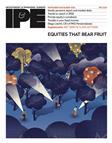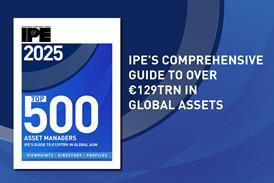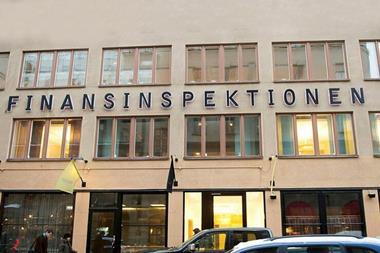EUROPE - Jan Straatman, who joined €300bn investment management giant ING last August as chief investment officer, is set to deconstruct its traditional 'silo'-based structure and transform it into a multi-boutique firm with hedge fund-style risk management.
Straatman will move away from having analysts and portfolio managers who specialise in asset classes, and instead identify key skills that can be applied across several strategies "to maximise the leverage on our managers' problem-solving abilities".
He told journalists at a presentation in Barcelona yesterday that integrating credit and equity research, for example, will result in "an holistic approach to the companies we analyse, preventing CFOs from telling one story to the credit side and another to the equity side".
Building teams based on strategies - quantitative versus qualitative, top-down versus bottom-up, for example - rather than on asset classes will also preserve diversification now correlations have increased across markets and regions.
"Those increased correlations will never go away again - of that I'm convinced," said Straatman.
"Instead, we will build low-correlated alpha strategies and constantly monitor their correlation with one another to determine the risk budget each should be given."
ING will maintain risk management at strategy level, and overlay this with an independent risk-diagnostics function, for which Straatman has hired from the hedge fund world.
This operation reports to the CIO but also feeds information back to the individual boutiques on portfolio sensitivities across the group.
"Most strategies are actually multi-asset in terms of their sensitivities, but people don't realise it," said Straatman.
"This feedback will give each boutique an insight into the true nature of the risks in their portfolios," he continued.
Each strategy will have to make maximum drawdown forecasts as well as target returns and volatility over a cycle, to enable the CIO to dynamically size their respective risk budgets.
Straatman likens this to the way the best hedge fund boutiques decompose their strategies to optimise each component: identifying the data sets, the technology used to enrich that data, the forecasting models, the portfolio-construction principles, risk-management methodologies and diagnostics, and execution processes. He also intends to work on compensation structures which encourage longer-term risk management and better alignment of interests.
"We need to move from a culture where we say, ‘I work for a large asset management firm' to one where we say, ‘my team must generate alpha to survive'."
This will be a painful process, Straatman conceded, not least because ING Investment Management is one of the few organisations that has continued to invest in resources during the downturn.
There will be casualties, as well as individual hires and potential acquisitions of entire external boutiques, and the process will be one of sorting the wheat from the chaff - not one of wholesale cost-cutting.














No comments yet